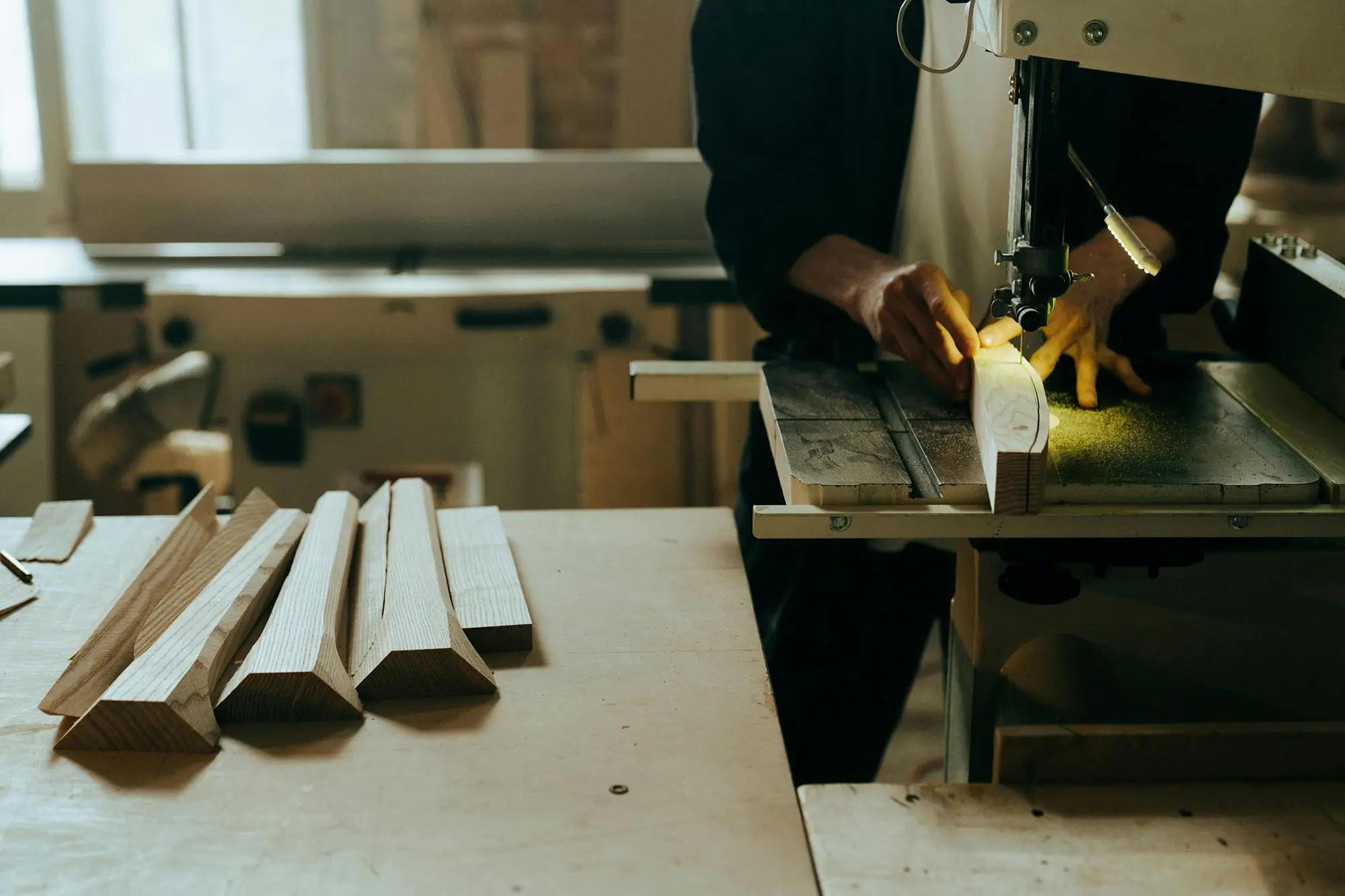Smart home technology has revolutionized how we live and interact with our homes, and now it’s making an impact on woodworking as well. From automated tools to design software and innovative finishing techniques, smart technology is transforming the way woodworkers create, craft, and deliver their projects.
Automated Tools and Machines
One of the most significant impacts of smart home technology on woodworking is the integration of automated tools and machinery. CNC (Computer Numerical Control) machines, robotic arms, and automated saws have increased precision and efficiency in woodworking. These tools allow woodworkers to produce intricate designs quickly and with minimal human intervention.
Design and Planning Software
Smart technology has improved design and planning in woodworking through advanced software. Programs like CAD (Computer-Aided Design) and CAM (Computer-Aided Manufacturing) allow woodworkers to create detailed 3D models of their projects. These tools enable accurate planning, ensuring that designs are executed perfectly and reducing errors during the crafting process.
Smart Dust Collection Systems
Dust management is crucial in woodworking, as excessive dust can damage both the workspace and health. Smart dust collection systems now monitor air quality, automatically adjusting to remove sawdust and debris. These systems are not only more efficient but also improve safety, reducing the amount of airborne particles that can harm workers.
Enhanced Precision and Accuracy
Smart technology has drastically improved precision in woodworking. Laser-guided systems, digital calipers, and smart rulers allow for accurate measurements and cuts. These advancements help woodworkers achieve finer details in their projects, ensuring a higher level of craftsmanship. The result is more precise, professional-quality wood pieces.
Collaboration and Remote Access
Smart home technology allows for easier collaboration and remote access to woodworking projects. Cloud-based software and video conferencing tools enable woodworkers to collaborate with clients, designers, or team members regardless of location. Remote access to project plans and designs allows for more flexibility and faster decision-making during the process.
Sustainability and Efficiency
Smart technology is helping woodworkers improve sustainability and reduce waste. Automated systems can optimize material use by calculating the best cuts, while smart inventory management systems track material usage and reorder supplies as needed. This efficiency minimizes waste and ensures that resources are used more effectively, promoting eco-friendly practices.
Conclusion
The integration of smart home technology into woodworking has transformed the industry by improving precision, efficiency, and sustainability. From automated tools to advanced design software, these innovations have allowed woodworkers to push the boundaries of creativity and craftsmanship. As technology continues to evolve, it will further enhance the woodworking process.
